White Gaze by Michelle Dizon, with the poetry of Việt Lê
3rd floor gallery
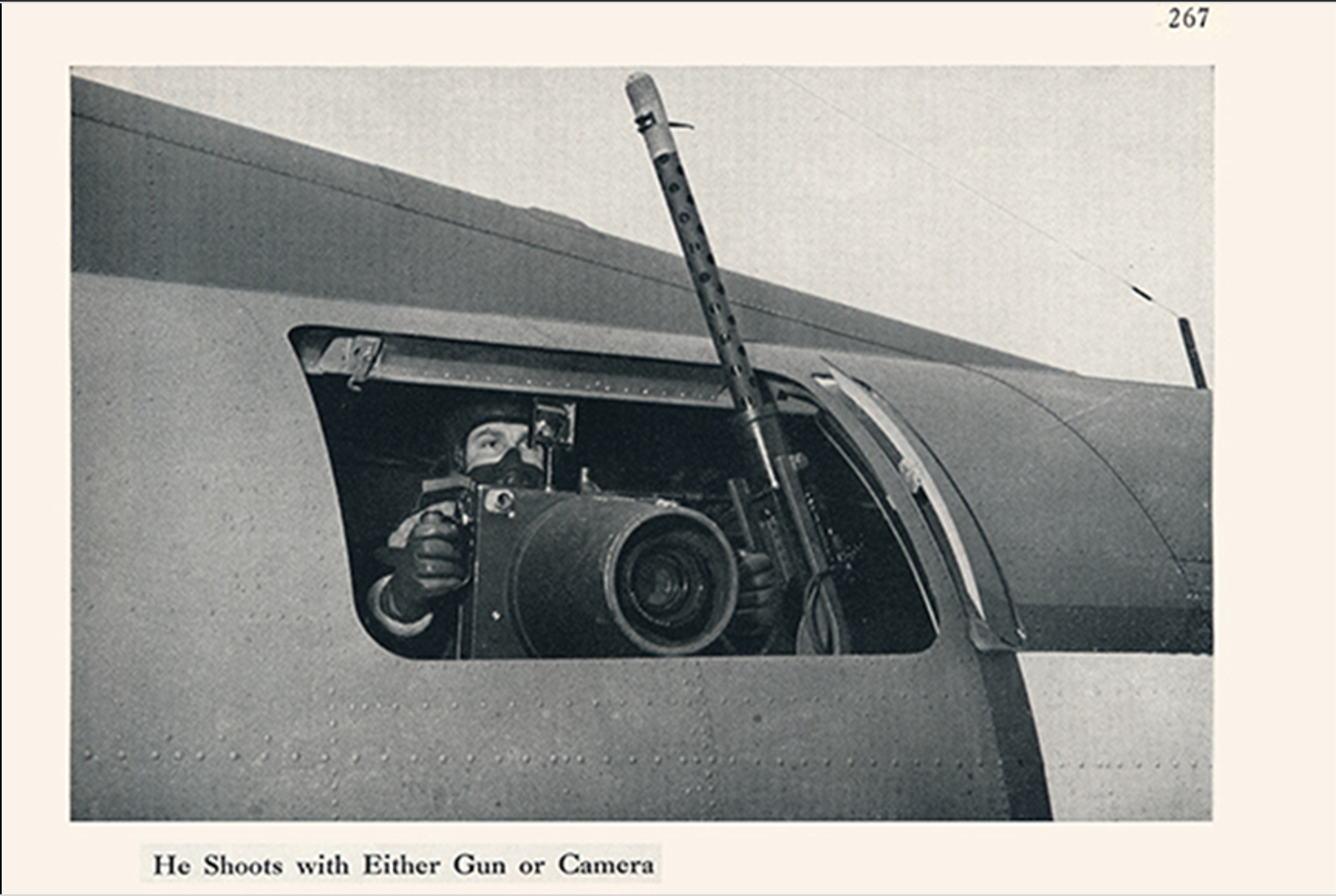
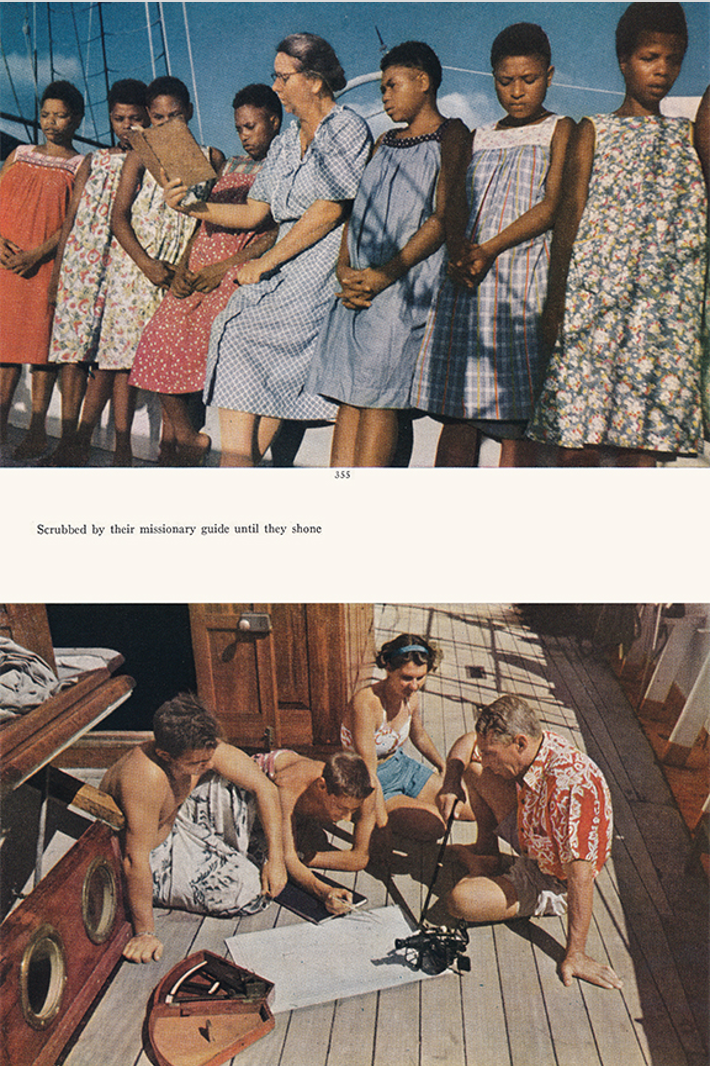
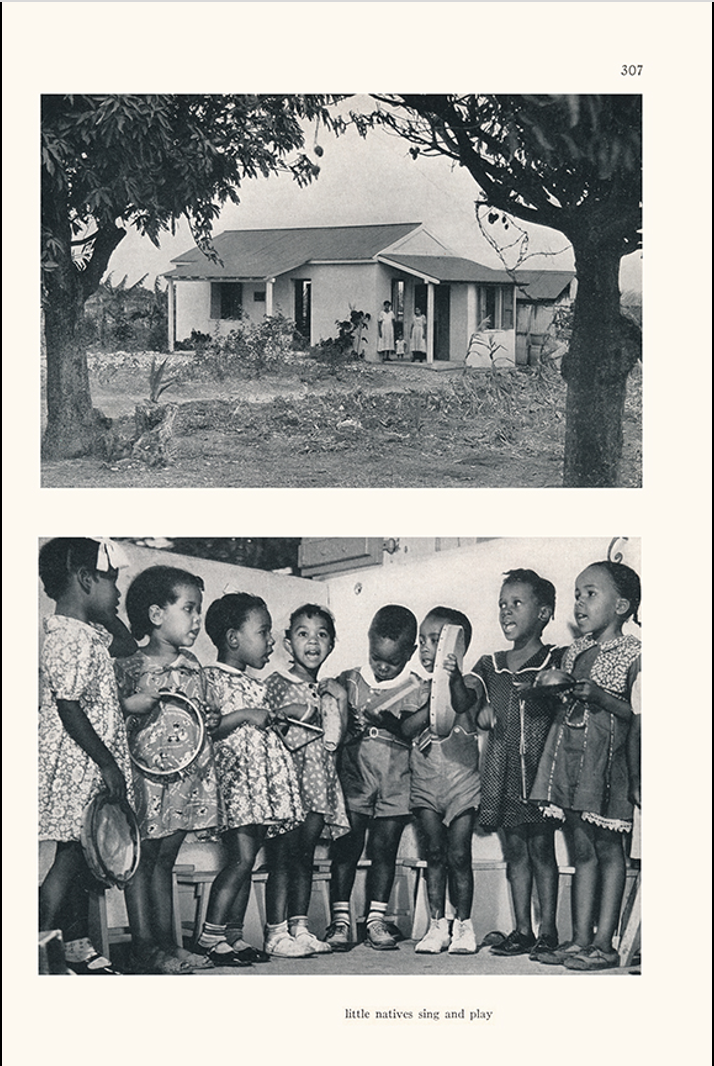
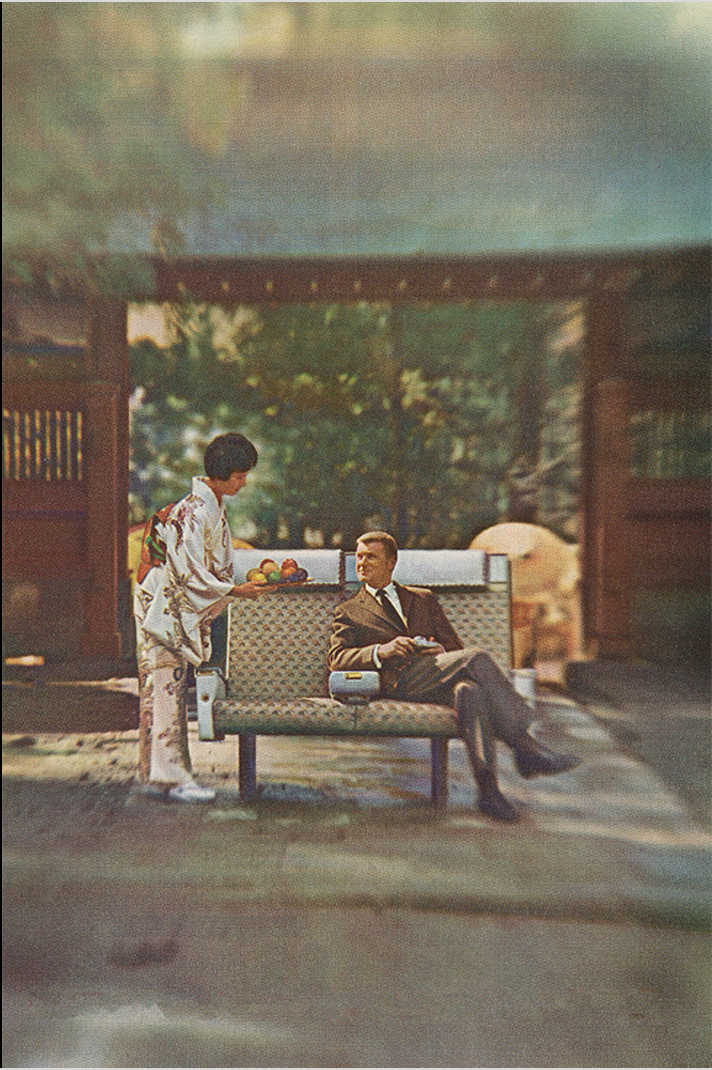
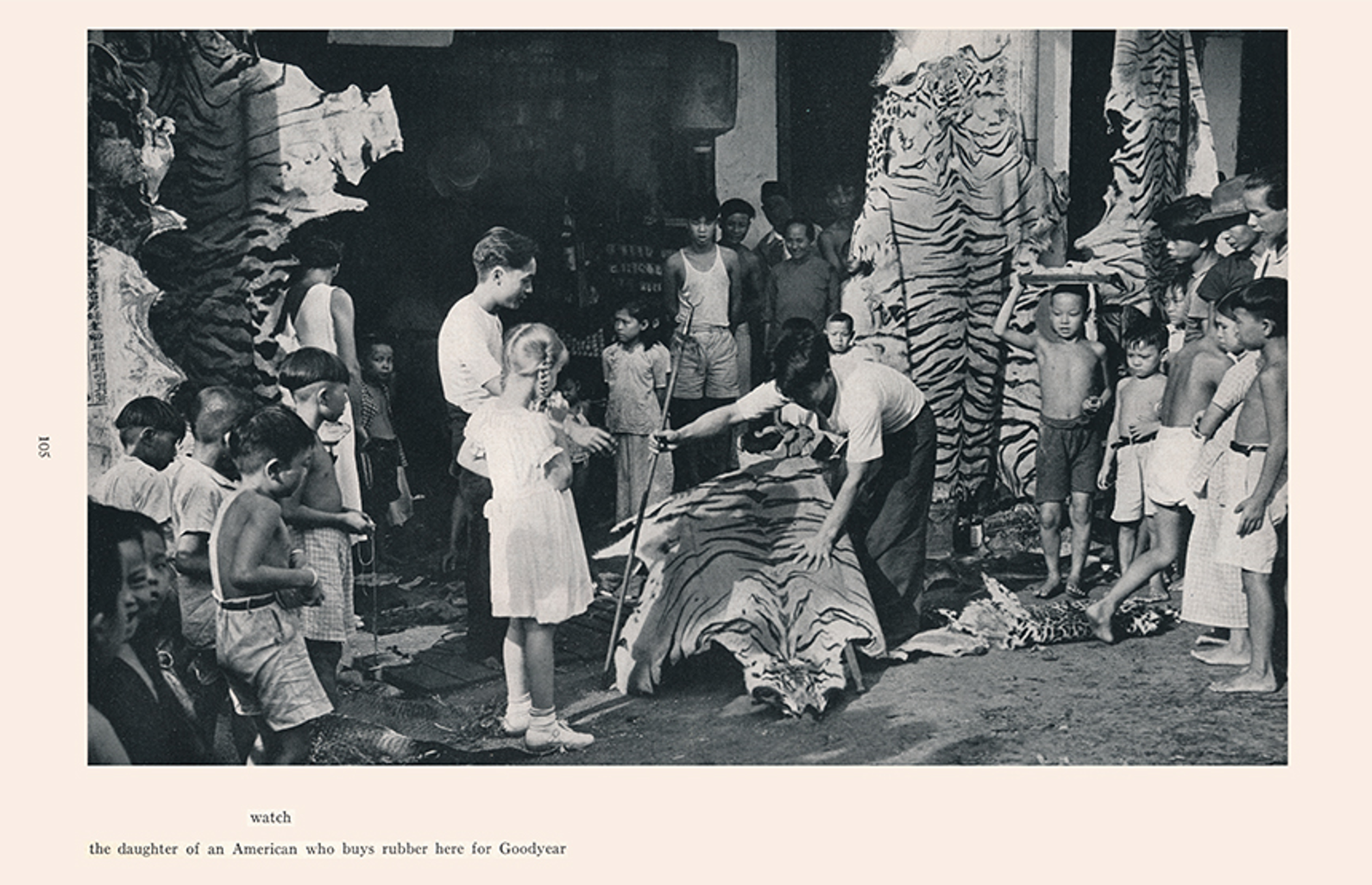
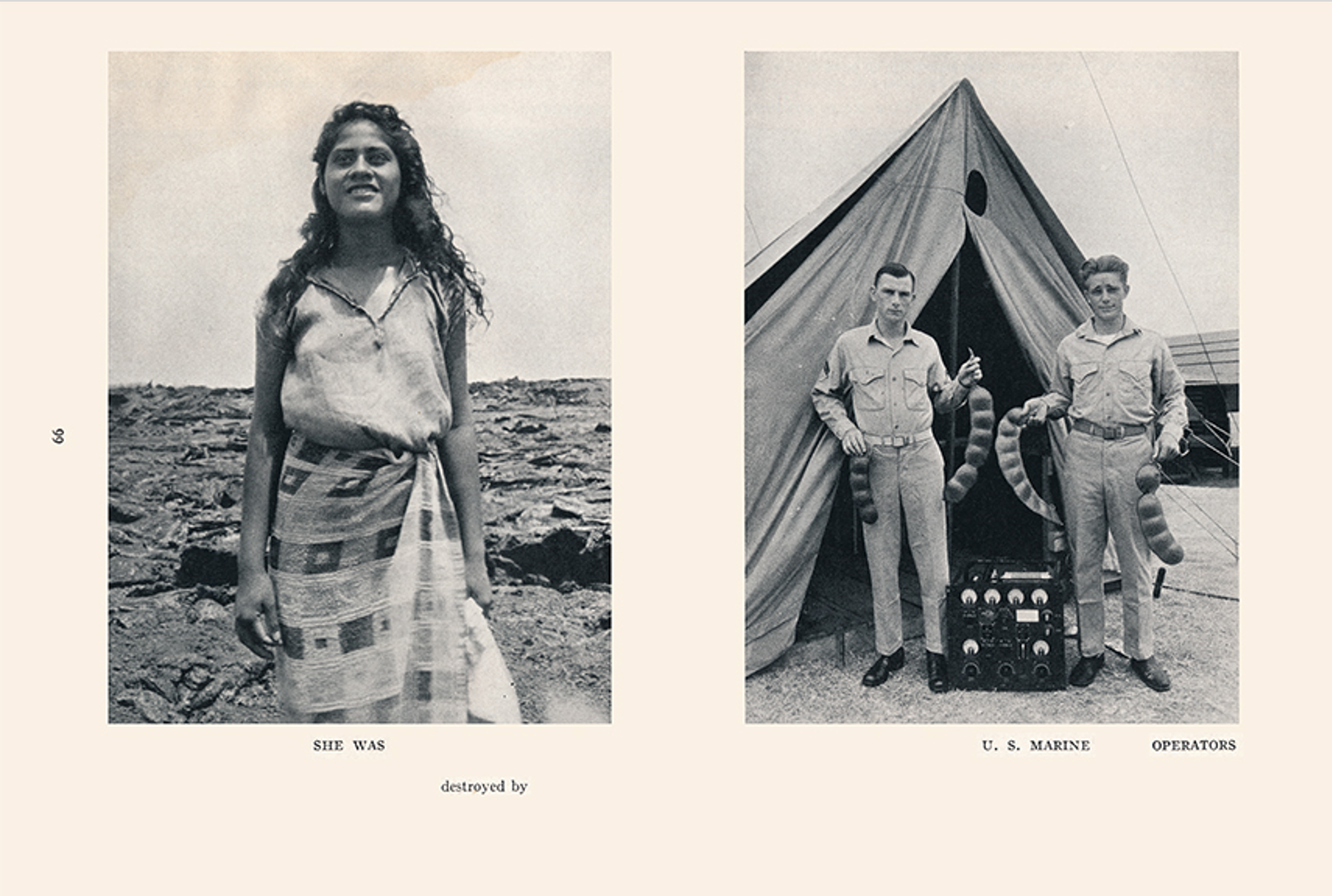
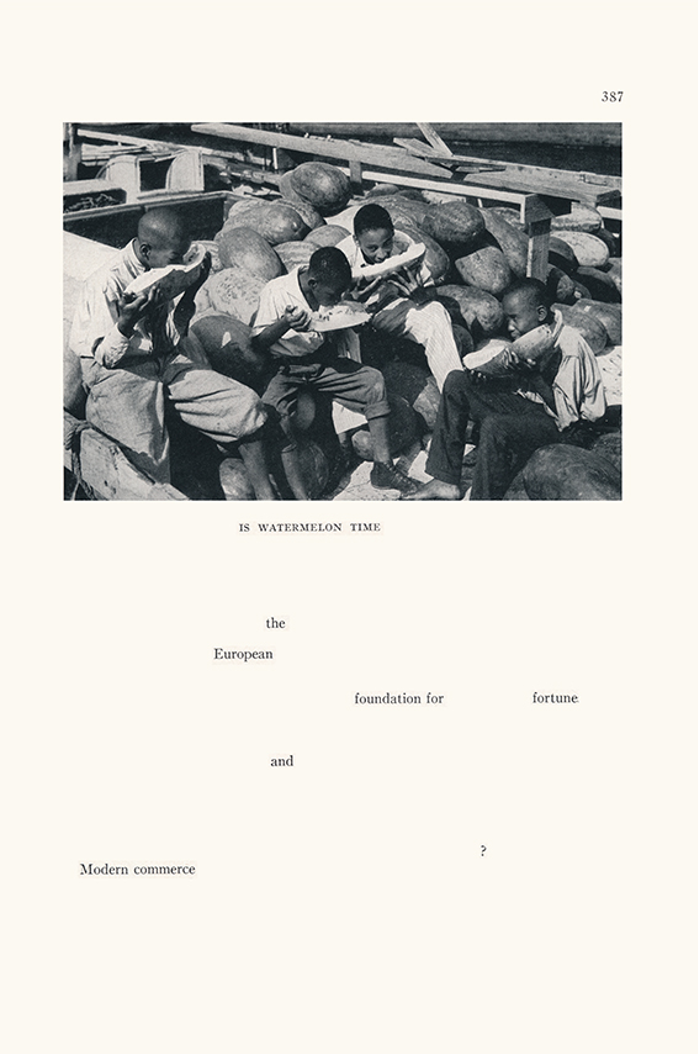
WHITE GAZE | Michelle Dizon
with the poetry of Việt Lê
Whatever our family histories, the 7”x10” magazine with the iconic masthead and a caution yellow border will conjure familiar memories—comforting and nostalgic, or emotionally dissonant—of sitting at the classroom desk or bedroom floor, paging through vivid photographs and maps, perhaps researching a report for school. National Geographic has been in continuous publication since 1888, and in June of 2016 had a subscription base of over 6 million and a readership much larger still. The pull-out world maps that became a feature of elementary school walls across the United States promised to make sense of the globe in the same way that the well-worn pictures inside seemed to explain its vast diversity of peoples and cultures.
This magazine, founded at the dawn of the US colonial period and in the waning years of the British and French empires, told a story that was a product of imperialism. As photography provided the visual evidence for the racist pseudo-science of phrenology, National Geographic provided the photographic language that undergirded the social, political, and economic assumptions of colonial rule. The magazine told its audiences a story of East and West, North and South, that placed Western Europe and North America at the center, and all other countries on the periphery.
In this body of work, Michelle Dizon deconstructs an archive of National Geographic magazines
to explore the visual and narrative structure of this White Gaze. Using poetic subtraction—the erasure of most of the text on the page—Dizon gives us back the original language in fragments or threads that together write a decolonial counterpoint to the Western-centric focus of the pictures. Dizon’s selection of images lay bare the white gaze, making visible the visual language of empire and the photographic medium’s role in supporting an imperialist world view. The white interstitial spaces between the words or phrases that Dizon composes on the page operate quietly in our subconscious, between image and text, learning and unlearning, making visible the space between the colonial narratives of the photographs and the textual acts of resistance.
The book, White Gaze, includes text by Việt Lê, who uses Dizon’s work as a starting point for a poetic exploration of the legacies of war. His works are present in this iteration of the exhibition in the accompanying booklets. Lê’s poetry takes the same visual form as Dizon’s redacted text, speaking to both absence and presence with a story of war and empire told in fragments, phrases, words hanging on the page—an index of both the trauma and resistance experienced by those subjected to the violence of empire.**
Deirdre Visser
Curator of The Arts at CIIS
In the April 2018 edition of National Geographic, the magazine will attempt to reckon with its own long tradition of racism. Mark your calendars for a March 25th conversation with the artists and faculty from the Anthropology and Social Change department.
** excerpted from the author’s statement